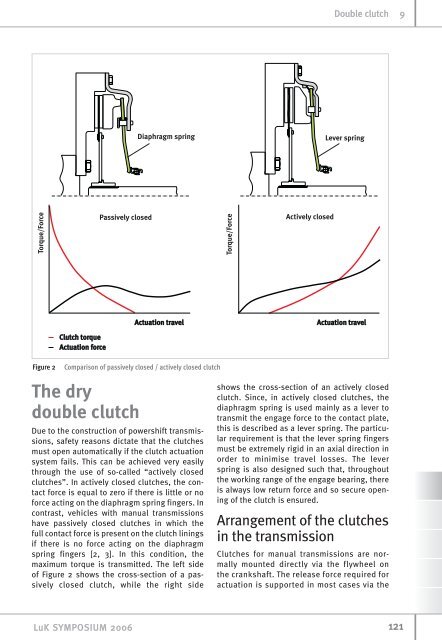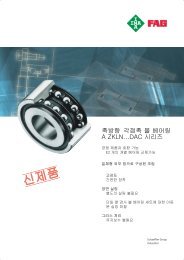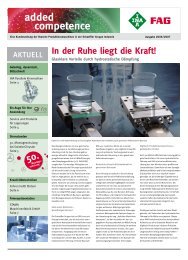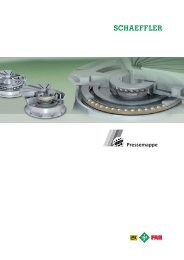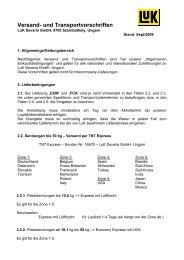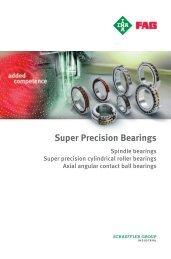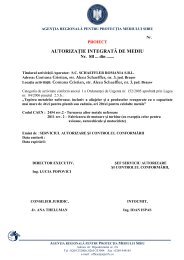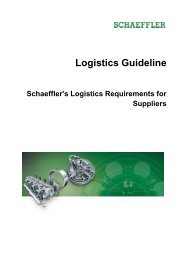Double clutch
Double clutch
Double clutch
You also want an ePaper? Increase the reach of your titles
YUMPU automatically turns print PDFs into web optimized ePapers that Google loves.
Figure 2 Comparison of passively closed / actively closed <strong>clutch</strong><br />
The dry<br />
double <strong>clutch</strong><br />
Due to the construction of powershift transmissions,<br />
safety reasons dictate that the <strong>clutch</strong>es<br />
must open automatically if the <strong>clutch</strong> actuation<br />
system fails. This can be achieved very easily<br />
through the use of so-called “actively closed<br />
<strong>clutch</strong>es”. In actively closed <strong>clutch</strong>es, the contact<br />
force is equal to zero if there is little or no<br />
force acting on the diaphragm spring fingers. In<br />
contrast, vehicles with manual transmissions<br />
have passively closed <strong>clutch</strong>es in which the<br />
full contact force is present on the <strong>clutch</strong> linings<br />
if there is no force acting on the diaphragm<br />
spring fingers [2, 3]. In this condition, the<br />
maximum torque is transmitted. The left side<br />
of Figure 2 shows the cross-section of a passively<br />
closed <strong>clutch</strong>, while the right side<br />
LuK SYMPOSIUM 2006<br />
<strong>Double</strong> <strong>clutch</strong> 9<br />
shows the cross-section of an actively closed<br />
<strong>clutch</strong>. Since, in actively closed <strong>clutch</strong>es, the<br />
diaphragm spring is used mainly as a lever to<br />
transmit the engage force to the contact plate,<br />
this is described as a lever spring. The particular<br />
requirement is that the lever spring fingers<br />
must be extremely rigid in an axial direction in<br />
order to minimise travel losses. The lever<br />
spring is also designed such that, throughout<br />
the working range of the engage bearing, there<br />
is always low return force and so secure opening<br />
of the <strong>clutch</strong> is ensured.<br />
Arrangement of the <strong>clutch</strong>es<br />
in the transmission<br />
Clutches for manual transmissions are normally<br />
mounted directly via the flywheel on<br />
the crankshaft. The release force required for<br />
actuation is supported in most cases via the<br />
121


